
Gas leaf blowers deliver strong performance for large yards and tough debris. You benefit from longer run times and efficient clearing power.
Gas models work best for big properties and heavy debris.
Electric blowers run quieter but may not match the power.
Knowing key features helps you choose the right model.
Gas Leaf Blower Features

Airspeed & Airflow
You need strong airspeed and airflow to clean your yard well. Gas leaf blowers can blow air up to 200 mph. This fast air helps move heavy debris. Airflow is measured in cubic feet per minute, or CFM. It tells you how much air the blower moves. Most gas blowers move between 425 and 520 CFM. You can see how different models compare in the table below:
Model |
Airspeed (MPH) |
Airflow (CFM) |
|---|---|---|
Popular Gas Blower |
Up to 160 |
Up to 520 |
Best Leaf Blower |
170 |
470 (housing) |
170 |
425 (pipe) |
|
Gasoline Leaf Blower |
200 |
430 |
Higher airspeed means the air comes out faster. This helps you clear wet leaves and tough debris. You should look for both high airspeed and airflow. If you have big piles or wet ground, pick a model with high CFM and MPH.
Tip: For hard jobs, get a gas leaf blower with high airspeed and airflow. This will help you get the best results.
Engine Power
Engine power helps the blower move air and do tough jobs. Most gas leaf blowers for homes have engines from 25.4cc to 51.7cc. For example, the PRORUN® PHB2415 has a 25.4cc engine and gives 1.0 horsepower. More engine power means better work and longer life.
Gas-powered leaf blowers have the highest CFM ratings. They work well for big yards and hard jobs.
Corded electric models have lower CFM ratings. These are good for small jobs.
Battery-powered models are getting better, but they are best for light work.
Power Source |
CFM Rating Impact |
Suitability for Tasks |
|---|---|---|
Gasoline-powered |
Highest CFM ratings due to powerful engines |
Suitable for large properties and demanding applications |
Corded electric |
Lower CFM ratings |
Best for smaller tasks and less demanding applications |
Battery-powered |
Lower CFM ratings, but improving |
Good for light tasks, with advancements in technology |
Look for features like variable speed settings. These let you change the blower’s power for different jobs. If you want strong and steady work, pick a gas leaf blower with a powerful engine.
Ergonomics & Weight
Comfort is important if you use a leaf blower for a long time. Gas models usually weigh 10 to 20 pounds. Electric models are lighter, about 7 to 15 pounds. You may feel the difference if you use them for a while.
Type |
Average Weight (lbs) |
|---|---|
Gas Leaf Blowers |
10-20 |
Corded Electric |
7-15 |
Companies add features to make blowers more comfortable. You can find variable trigger speed, cruise control, and buttons for both hands. Some models have less vibration and better balance. These features help you get less tired and make the blower easier to use.
Model |
Weight |
Ergonomic Features |
|---|---|---|
DeWalt 20V Max XR Brushless Handheld |
Low weight |
Variable trigger speed control, auto lock, ambidextrous controls, perfect balance |
Ryobi 40V Whisper Series |
9.4 lbs |
Adjustable trigger speed, cruise control dial, ambidextrous turbo mode button, vibrationless |
EWork EK-01GYG |
5 lbs |
Hyper ambidexterity, nimble design, easy access turbo button |
Husqvarna Leaf Blaster 350iB |
10 lbs |
Fairly comfortable to use, minor ergonomic issues |
Ego Power+ 615 CFM |
Front-heavy |
Fairly comfortable to use, minor ergonomic issues |
Note: If you plan to use your gas leaf blower for a long time, pick one with comfy handles and good balance.
Fuel Capacity & Run Time
Fuel capacity tells you how long you can use your gas leaf blower before refilling. For example, the STIHL BG 50 has a 14.5 oz. fuel tank. Most gas models can run for hours on one tank. This makes them good for big yards and long jobs.
Gas leaf blowers run longer than battery-powered ones.
Battery-powered blowers usually last about an hour before charging.
Gas models can work for hours, depending on the tank size.
For long yard work, gas leaf blowers are better because they last longer.
Battery-powered models may need an extra battery for long jobs.
If you need to clean a big yard, pick a gas model with a bigger fuel tank. This lets you work longer without stopping.
Tip: Always check the fuel tank size before you buy. A bigger tank means you stop less and can do more work on big jobs.
Leaf Blowers: Maintenance & Safety

Routine Care
You can keep your gas-powered leaf blowers working well with regular care. Clean your blower after each use to remove dirt and leaves. Check and clean the air filter often. Replace it once a year or every month if you use your blower a lot. Inspect the spark plug weekly and replace it every 25 hours or at the start of fall. Look for loose or damaged parts before you start. Store your blower in a dry place away from moisture. Always check fuel and oil levels before you use it. Use the right type of fuel and oil. Clean the carburetor and adjust it if needed. Tighten screws, nuts, and bolts to keep everything secure. Check the fuel system for leaks or cracks. Clean the fuel tank and inspect the fuel filter for clogs.
Component |
Maintenance Frequency |
|---|---|
Air Filter |
Clean after every 10 hours; replace yearly or monthly for heavy use |
Spark Plug |
Check weekly; replace every 25 hours or at the start of fall |
Tip: Regular care helps your leaf blowers last longer and work better.
Safe Operation
You should always follow safety steps when using gas leaf blowers. Read the manual before you start. Wear long pants, sturdy shoes, non-slip gloves, safety goggles, and a dust mask. Hearing protection helps prevent ear damage. Only use your blower outside or in well-ventilated areas. Keep flammable items away from the engine. Refuel in open spaces with the engine off. Never overfill the tank and make sure the cap is tight. Clean up any spilled fuel and let it dry before starting. Do not smoke or use open flames near the blower or fuel. Always keep people and pets at least 50 feet away. Never point the blower at anyone. Use your blower only on solid ground. Never leave it running without supervision.
Follow all warnings in the manual.
Know how to stop the blower quickly.
Wear protective gear.
Refuel safely.
Keep bystanders and pets away.
Never use on ladders or roofs.
Note: Gas leaf blowers can get hot and release fumes. Avoid touching the muffler and use ventilation in closed spaces.
Environmental Impact
Gas leaf blowers can affect the environment. They release carbon monoxide and other pollutants. You should use them only when needed and avoid running them for long periods. Try to use your blower during times when fewer people are outside. Always blow debris away from people, cars, and open windows. Choose models with better fuel efficiency to reduce pollution. If you want to lower your impact, consider using your blower less often or switching to electric models for small jobs.
Tip: Using your gas leaf blower wisely helps protect your health and the environment.
When you choose a gas leaf blower, focus on blow force, engine power, ergonomics, and durability. Match the blower type to your yard size and debris. For best results:
Check CFM rating for power.
Compare weight for comfort.
Pick features that fit your yard’s needs.


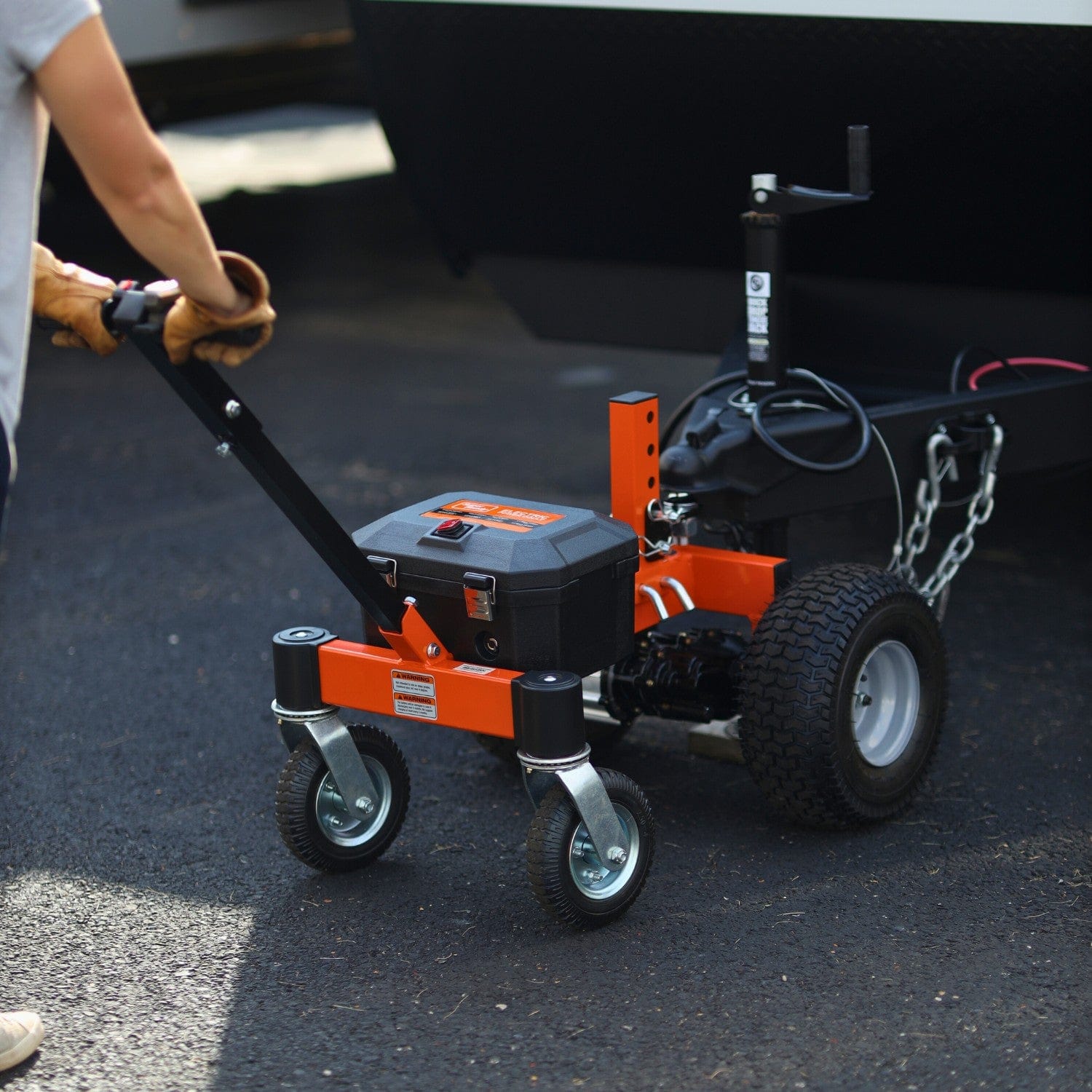
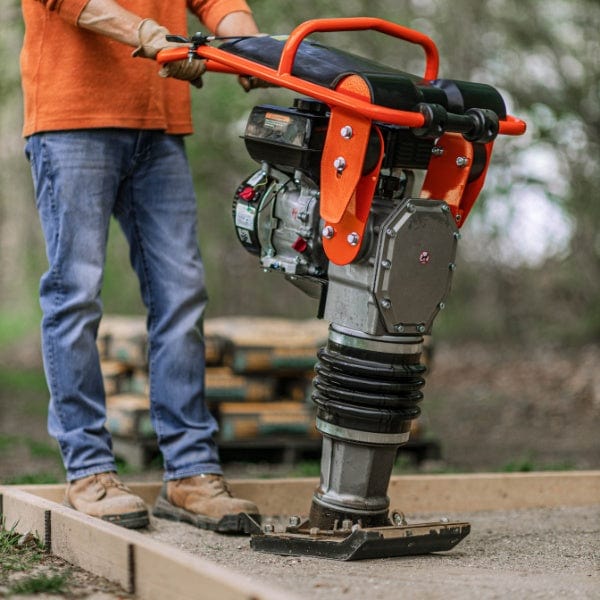
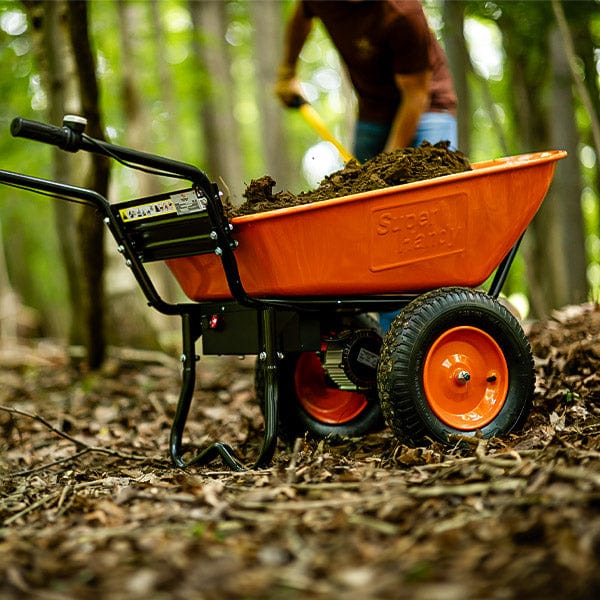


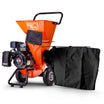
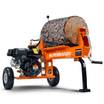

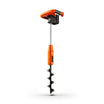
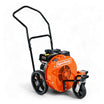
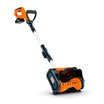
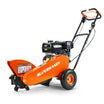
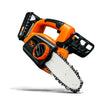
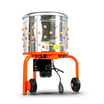

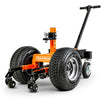
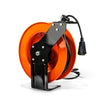
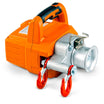
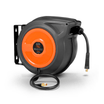
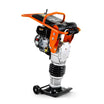
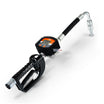
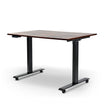
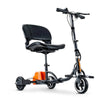
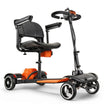
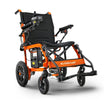


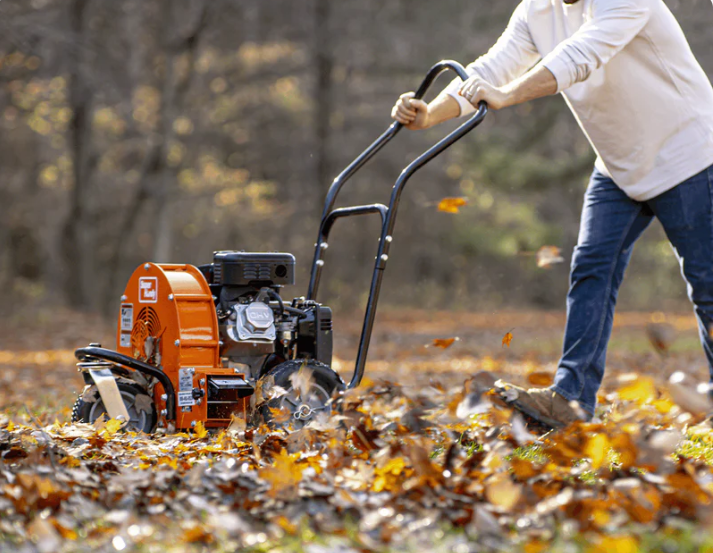

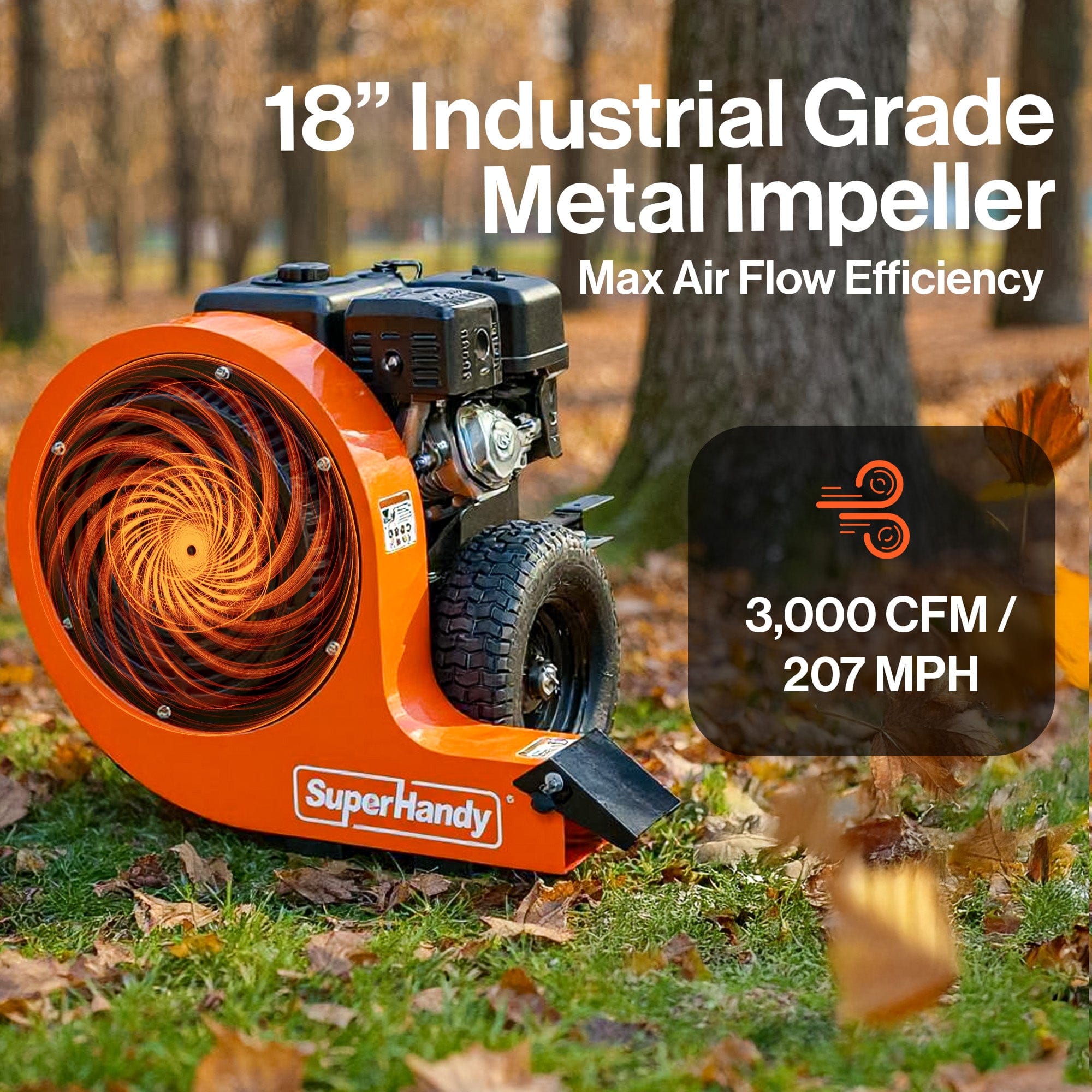
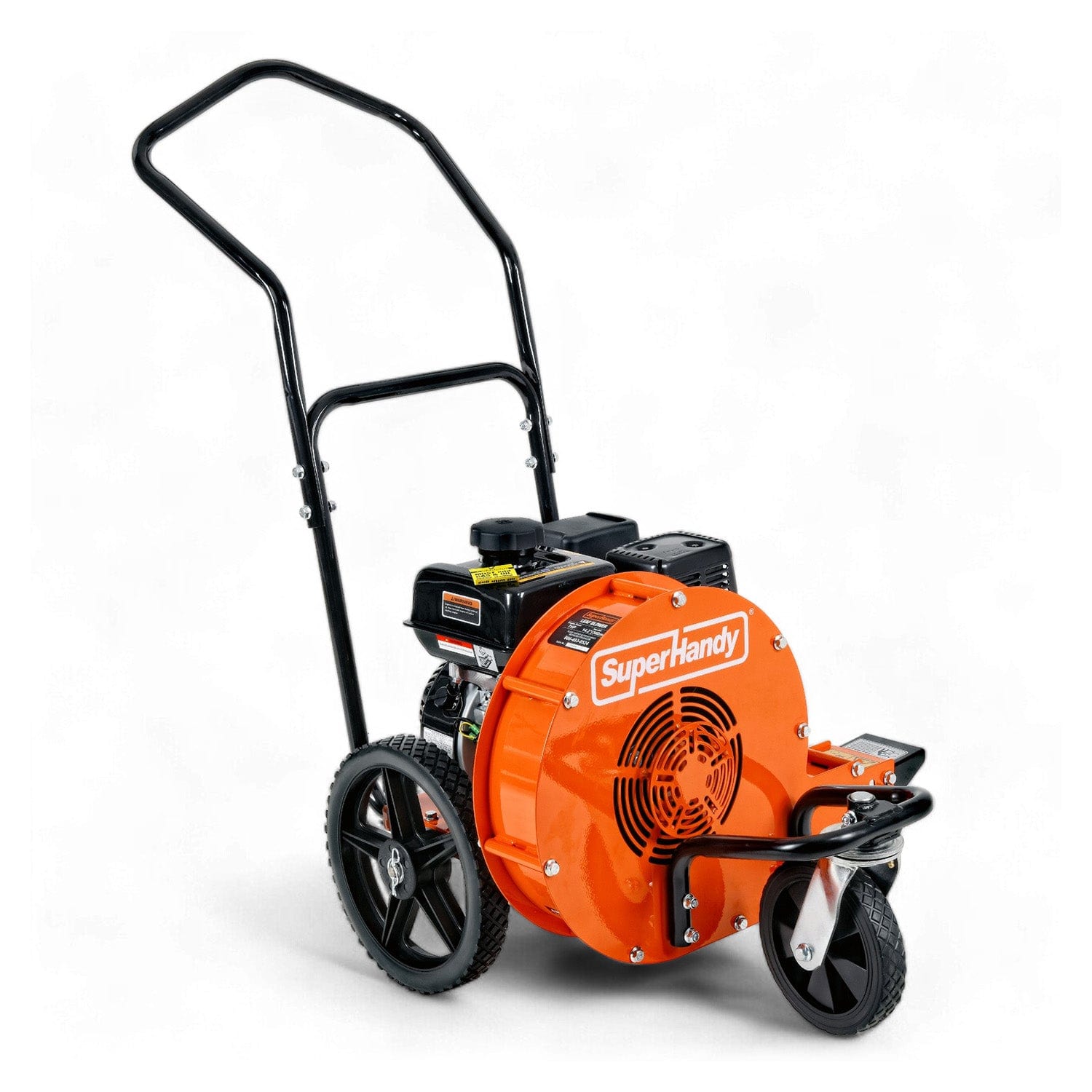
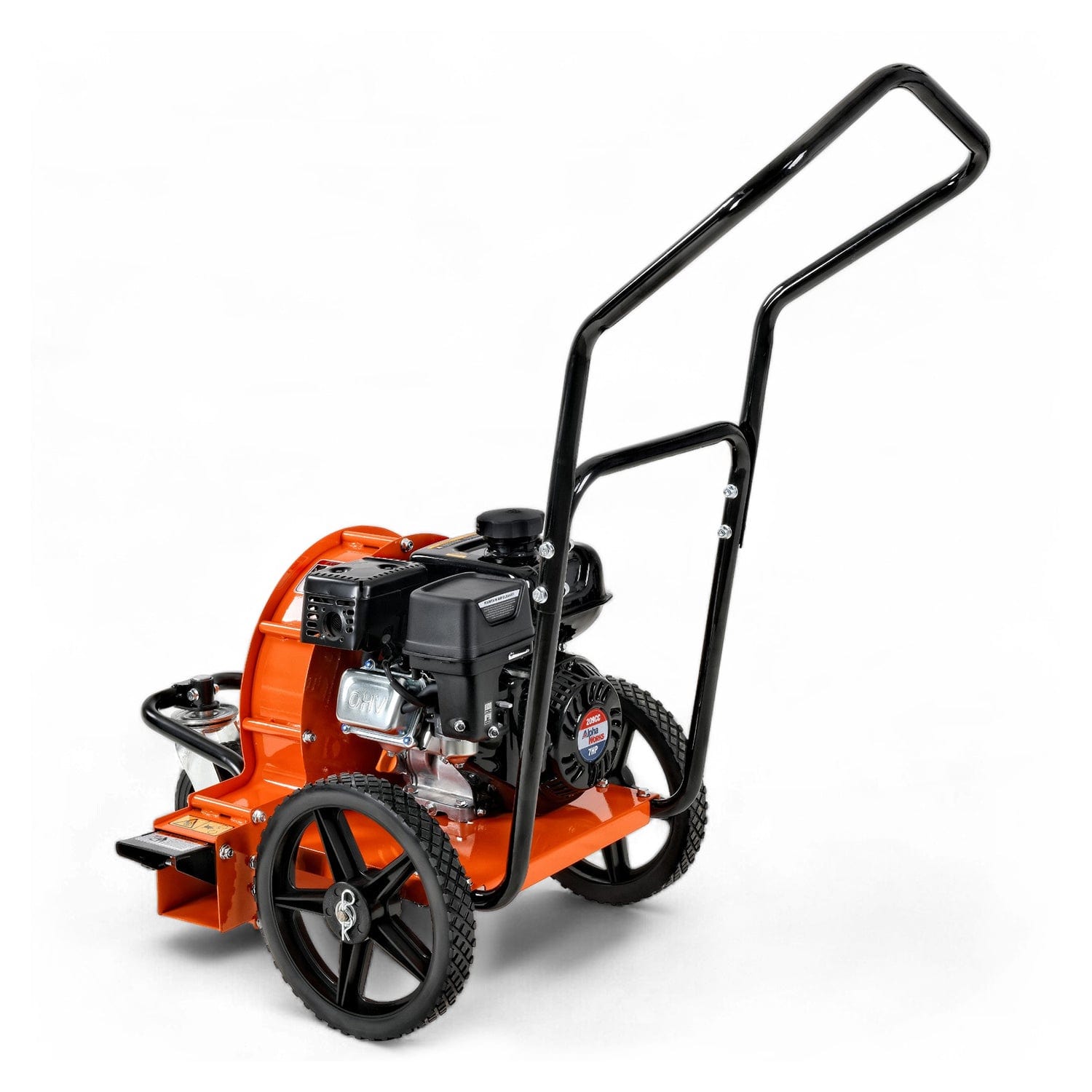
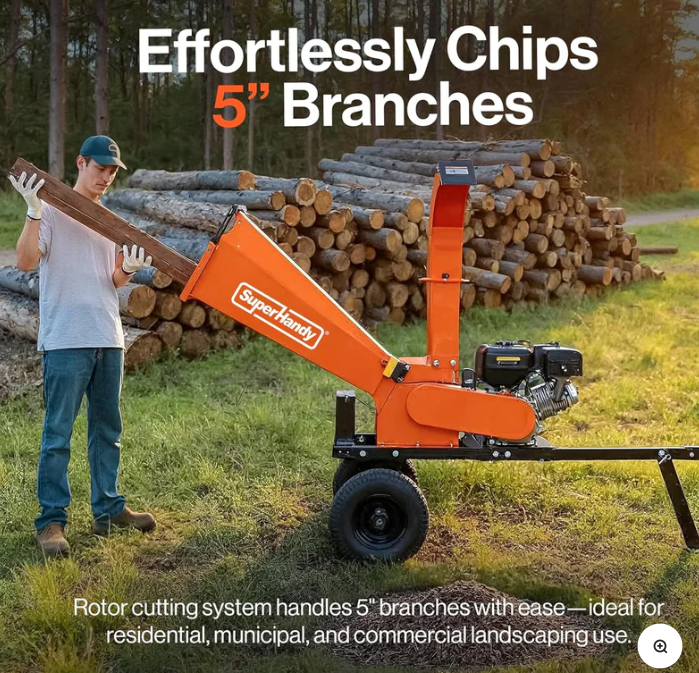
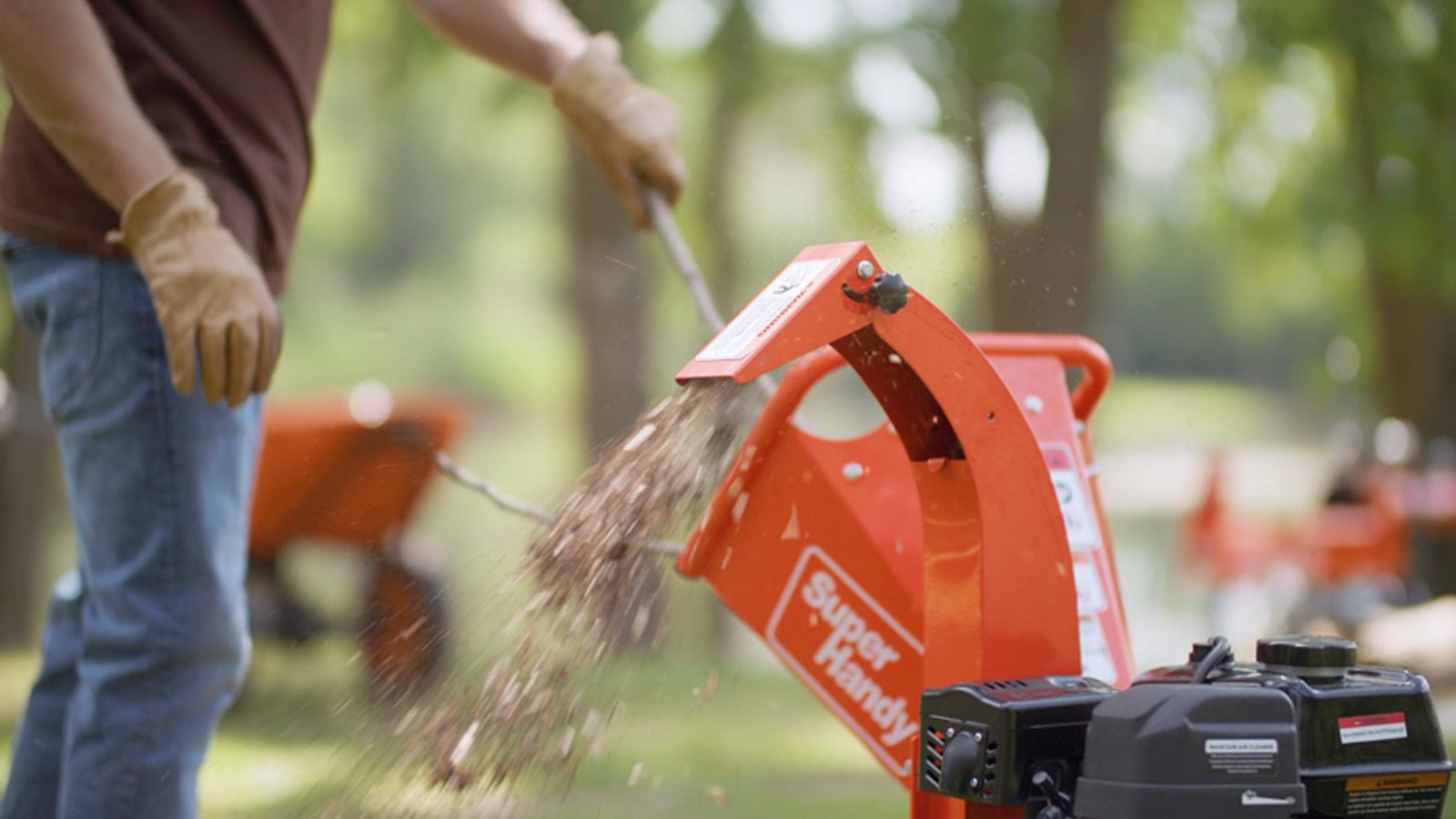
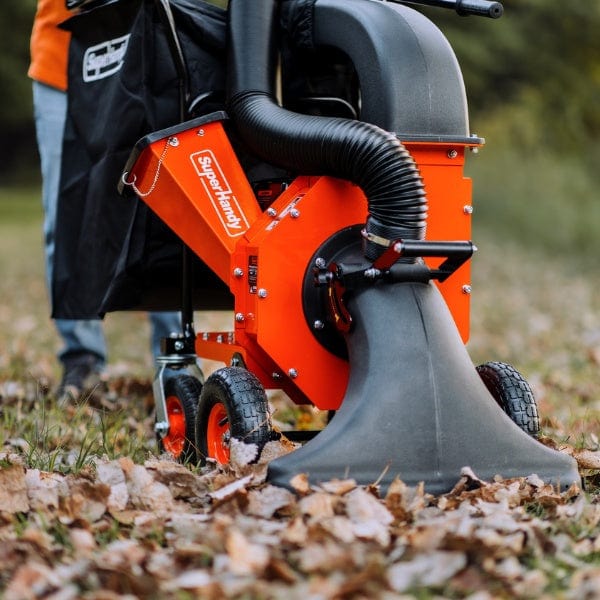
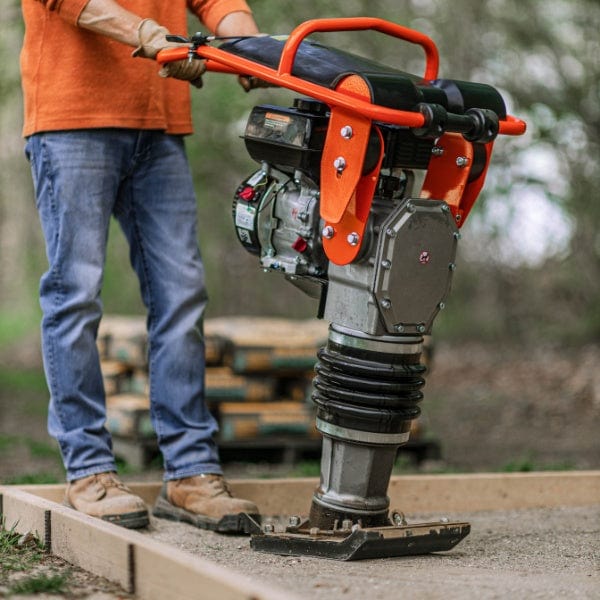


Leave a comment
All comments are moderated before being published.
This site is protected by hCaptcha and the hCaptcha Privacy Policy and Terms of Service apply.